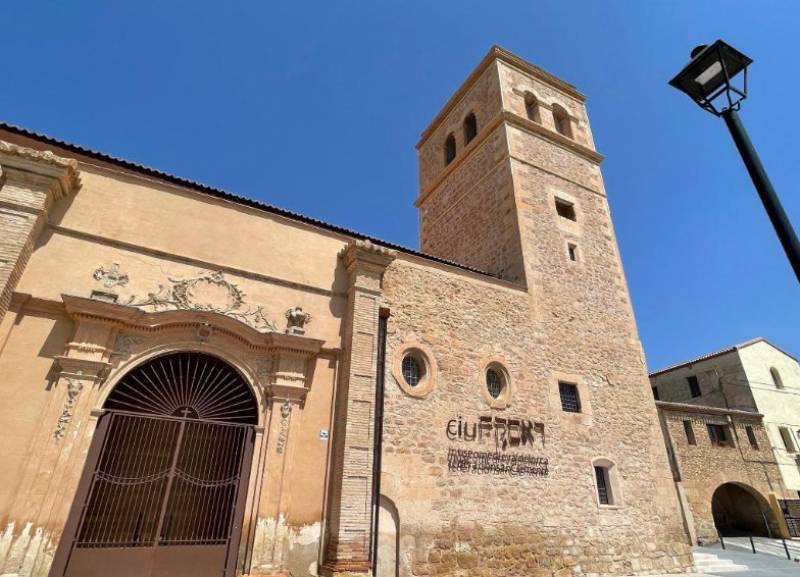
The CiuFRONT is housed in the old church of Santa María la Mayor in Lorca The church of Santa María La Mayor The church of Santa María la Mayor in Lorca is one of the oldest still standing in the city, and to understand the location and circumstances in which it was built it is necessary to go back to the 13th century, when the territory now known as the Region of Murcia was conquered by Christian forces of the Kingdom of Castilla after..
READ MORE
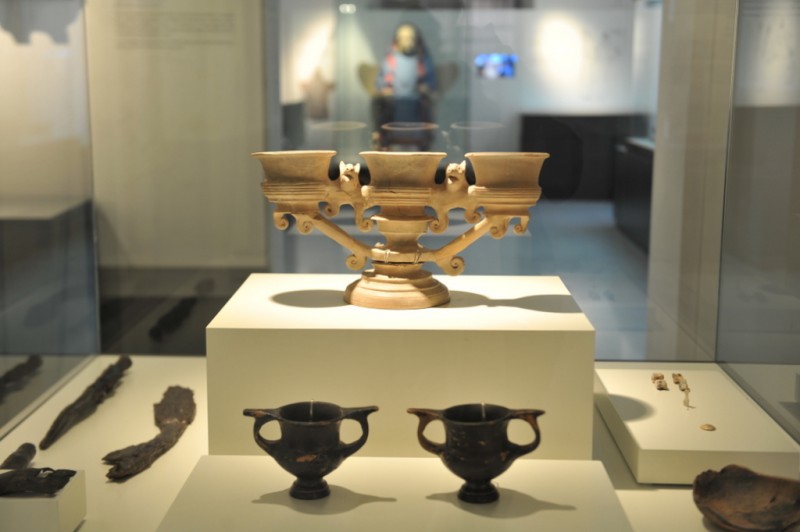
From the Paleolithic to the Iberians in the municipality of Lorca Lorca as we know it today is the third largest city in the Region of Murcia, with a population in the municipality of over 90,000 and a deserved reputation for having one of the richest histories and cultures in south-eastern Spain. But the chain of developments and events which led to Lorca becoming what is is in modern times is one which begins a very long time ago indeed..
READ MORE
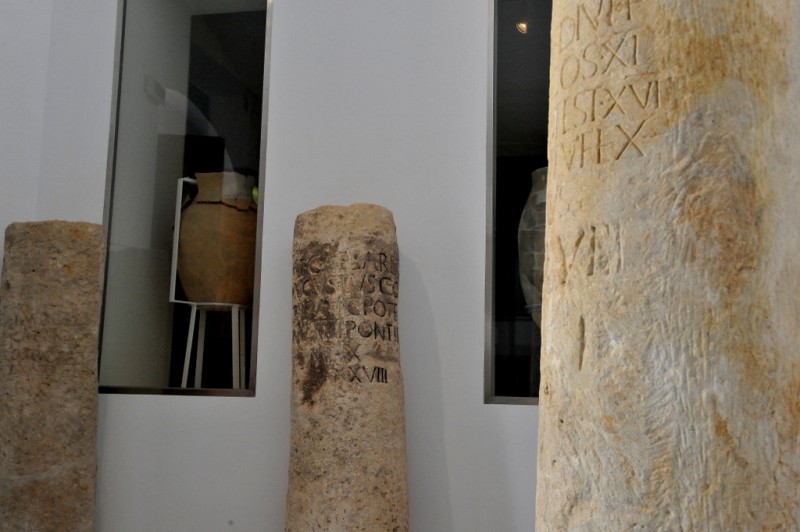
Lorca from the 1st century BC to the 13th Century AD By the time of the last years before the birth of Christ permanent settlements had existed for many centuries at the site of the current city of Lorca and in other parts of the municipality. Early pre-history had given way to the cultures of the Argar people and the Iberians, and Lorca had become important due to the defensive impregnability of the hill on which the castle now stands..
READ MORE
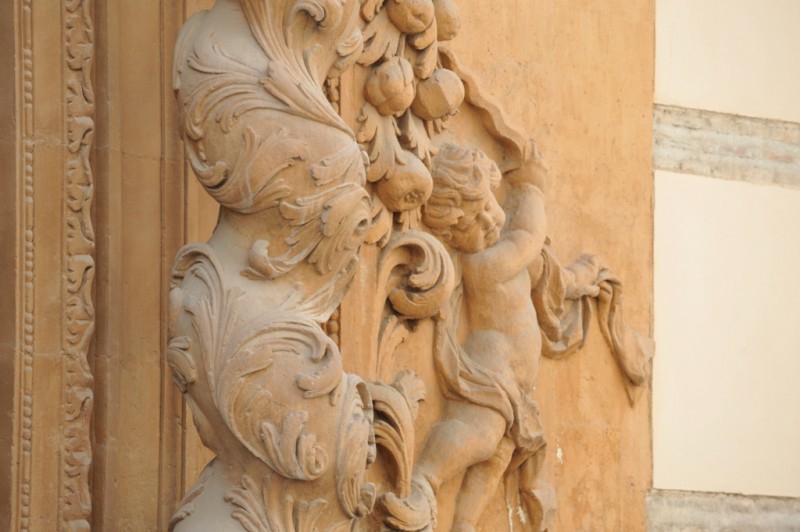
The fortunes of Lorca have ebbed and flowed for the last 700 years Lorca from the 13th century to the present day Most of the important sites relating to the history of Lorca lie buried beneath the buildings which constitute "modern" Lorca, the events of the last 700 years dictating the constitution and character of what we see today above ground. "Modern Lorca" effectively begins at the time of what is now known..
READ MORE
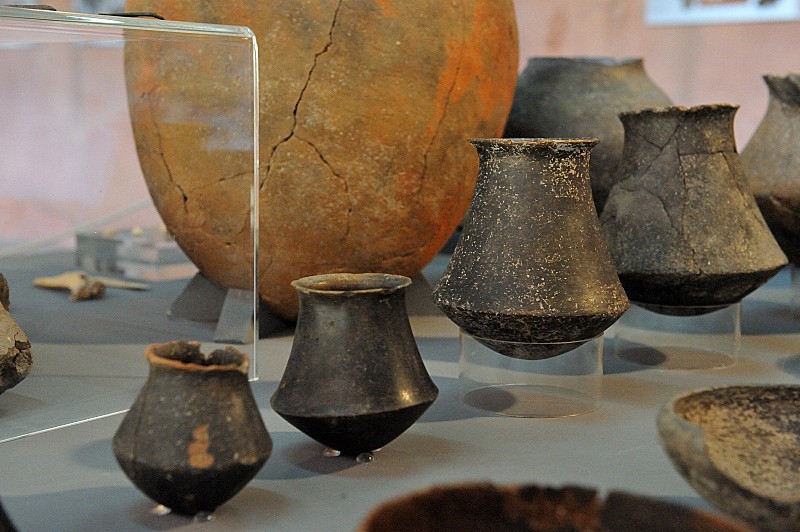
The Argaric culture was present in Bronze Age Murcia between 2200 and 1550 BC. Artefacts recovered in the Lorca municipality can be seen in the Municipal Archaeological Museum. The extensive Lorca municipality is rich in archaeological sites, its natural resources attracting a number of cultures throughout its history, providing important materials for tools, sea access and the opportunities for settlement and shelter. Between the years..
READ MORE
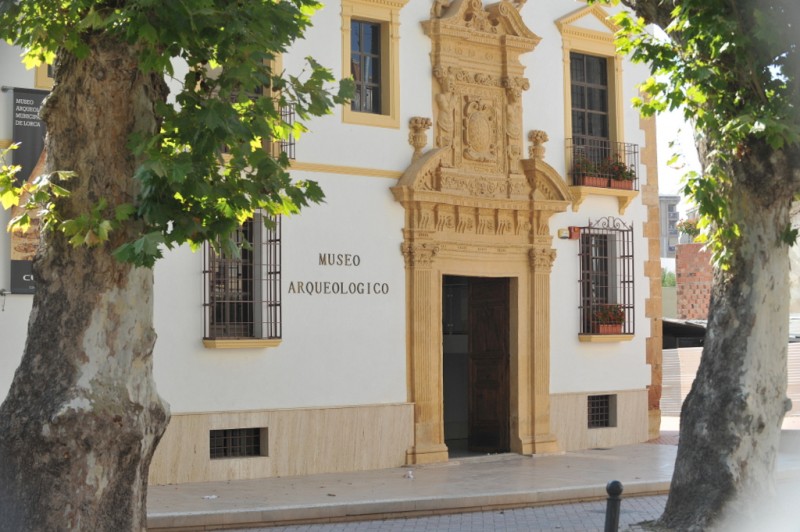
The oldest cloth in Europe and a journey through the history of Lorca from pre-history until the 15th century By no means every town or city in Spain has enough archaeological wealth to boast its own museum, but in the case of Lorca the sites which are dotted around the huge municipality have provided so many items of interest dating from pre-history to the Middle Ages that the impressive facility housed in the Casa de los Salazar Rosso almost..
READ MORE
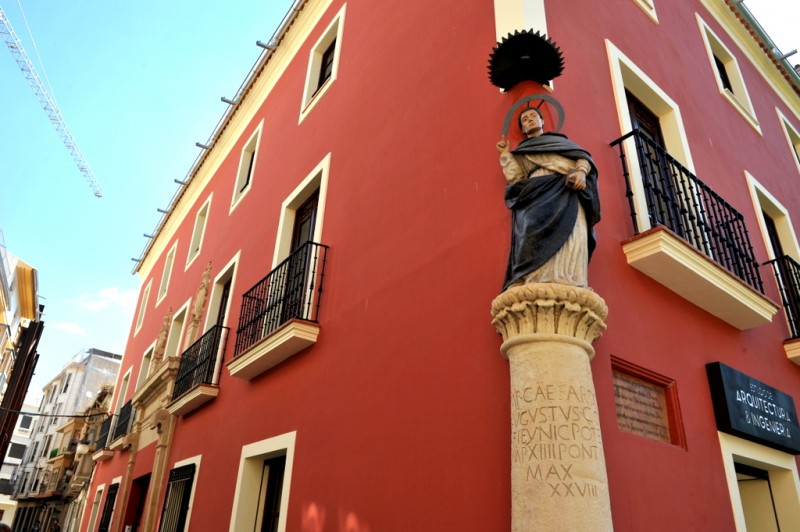
The most visible milestone in Lorca is a replica which is now part of the Casa de los Marín Ponce Relatively little is known about Lorca during the centuries of Roman occupation in the Iberian Peninsula, except that it was known as Eliocroca (see the second of three articles related to the history of Lorca), but what is certain is that it was a fairly important stopping-off point and trading post on the main communications routes which linked..
READ MORE
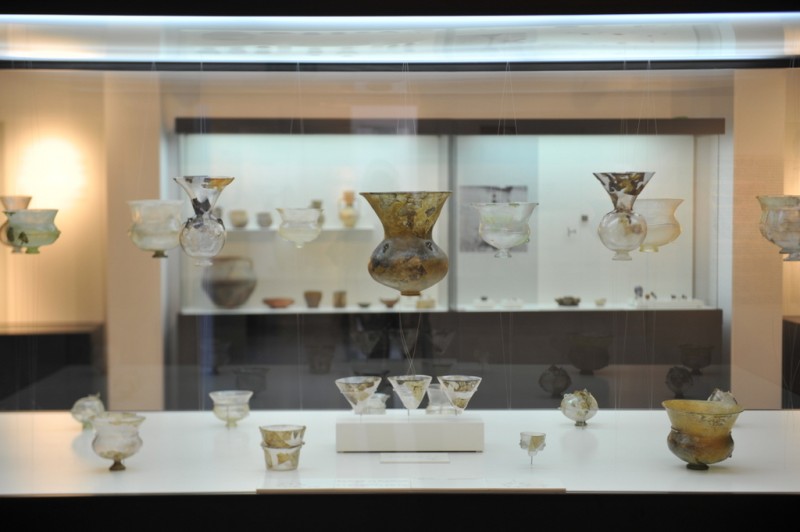
These were discovered during works to build a new Parador Hotel During construction works to build the Parador Hotel in Lorca, the remains of the only known medieval synagogue within the Region of Murcia was discovered, as part of the Jewish quarter inside the fortified walls of the Mediaeval castle. The Synagogue is the only one known to exist in Spain which has not been re-used as a religious building following the tumultuous events of..
READ MORE

Two earthquakes struck Lorca on 11th May 2011 CLICK ON GALLERY TO ENLARGE IMAGES The Lorca earthquakes of 11th May 2011, were the largest earthquakes registered in modern history in a seismically active area which has a history of tremors, with written records of activity dating back to 1579. The Region of Murcia lies within the interior of the Betic cordilleras, and is a point of contact between the African and Eurasian tectonic plates ...
READ MORE
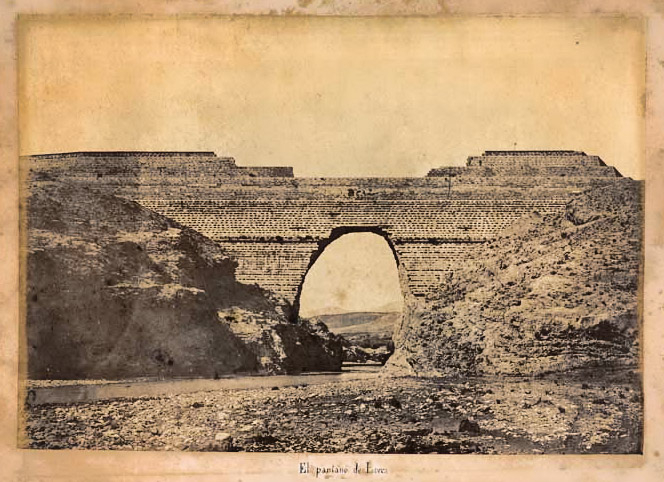
The dam collapsed in 1802 killing 608 people. A date in the history of Lorca which is of great significance is that of the 30th April 1802, the date of the collapse of the Puentes dam, the worst dam disaster ever recorded in Spain . At the time, the straight-line dam, which is located 12 kilometres to the north-west of Lorca, was the longest in Spain, measuring 286 metres, as well as being 50 metres high and 8 metres wide at the top. Its foundations..
READ MORE
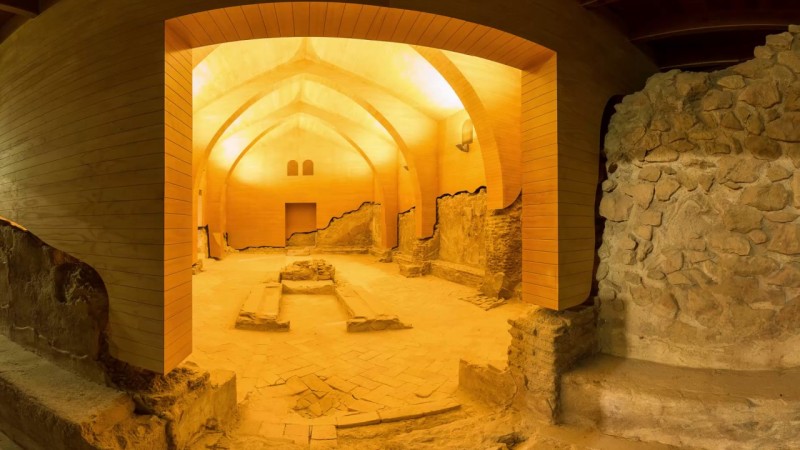
The Jewish population played a vital ròle in an era divided by the battles between Christians and Moors The discovery of an important Jewish presence in Lorca. Lorca is a city immersed in history, its modern aspect flavoured by the many cultures which have inhabited and controlled the strategic position of the city and its rich natural resources. This strategic advantage, visible today in the imposing fortifications which dominate..
READ MORE